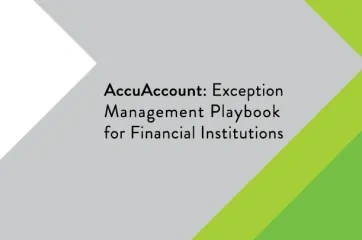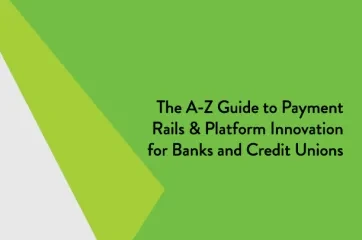eSign in banking involves the use of technology to collect and embed a customer or member’s digital signature into documents, such as forms that are needed to establish a deposit account or consummate a loan.
Collecting, Embedding, & Storing eSigned Account Holder Documents
Typically, banks and credit unions use document preparation systems to generate the necessary forms and documentation that require customer or member signatures. Integrating an eSign product makes it possible to electronically collect an account holder’s signature without printing paper versions of the documents and forms.
Financial institutions should work with their compliance teams to decide which, if any, documents will require a wet signature instead of being eSigned. For example, many banks or credit unions require that promissory notes are still signed in person, but some allow deposit account documents to be signed electronically.
After being eSigned, customer, member, and account documents should be managed appropriately in accordance with the financial institution's document policies. This may involve the use of a document imaging and tracking system, such as AccuAccount. Integrating an imaging system with your eSign and doc prep system can offer additional efficiencies.
Benefits: eSign in Banking
Financial institutions that have adopted eSign in banking see many potential rewards, including:
- Efficiency: eSign reduces—or in some cases eliminates—the need to print, route, scan, store, and shred paper documents. Additionally, digital documents usually appear in a bank or credit union’s imaging system overnight or sooner. Once imported, the imaging system may then be able to automatically attach the eSigned documents to the correct customer, member, or account record.
- Convenience: eSign makes signing easier for loan operations employees, lenders, and the customer/member as well.
- Quality control: When properly configured, an eSign workflow should not permit a signing session to end until all necessary signatures are obtained, ensuring fully executed documents and reducing risk of oversights.
Account Management Resources
For more information about deposit and loan account management, be sure to check out our extensive resource library with free spreadsheets, whitepapers, and eBooks.
Browse our banking definitions page for more terminology.







